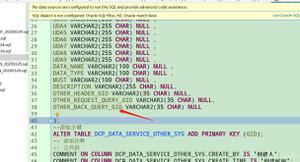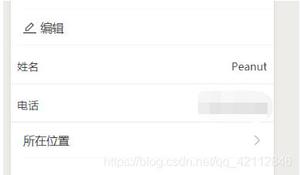在Python中对列表或元组进行线性搜索
在本文中,我们将学习如何在列表和元组上应用线性搜索。
线性搜索从第一个元素开始搜索,直到列表或元组的末尾。只要找到所需元素,它就会停止检查。
线性搜索-列表和元组
请按照以下步骤在列表和元组上实现线性搜索。
初始化列表或元组和一个元素。
遍历列表或元组并检查元素。
只要找到元素并标记一个标志,就中断循环。
根据标志,找不到打印元素消息。
示例
让我们看一下代码。
# function for linear searchdef linear_search(iterable, element):
# flag for marking
is_found = False
# iterating over the iterable
for i in range(len(iterable)):
# checking the element
if iterable[i] == element:
# marking the flag and returning respective message
is_found = True
return f"{element} found"
# checking the existence of element
if not is_found:
# returning not found message
return f"{element} not found"
# initializing the list
numbers_list = [1, 2, 3, 4, 5, 6]
numbers_tuple = (1, 2, 3, 4, 5, 6)
print("List:", linear_search(numbers_list, 3))
print("List:", linear_search(numbers_list, 7))
print("Tuple:", linear_search(numbers_tuple, 3))
print("Tuple:", linear_search(numbers_tuple, 7))
如果运行上面的代码,则将得到以下结果。
输出结果
List: 3 foundList: 7 not found
Tuple: 3 found
Tuple: 7 not found
结论
如果您对本文有任何疑问,请在评论部分中提及它们。
以上是 在Python中对列表或元组进行线性搜索 的全部内容, 来源链接: utcz.com/z/343265.html




